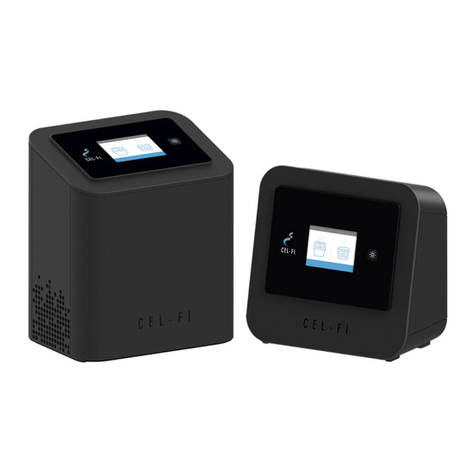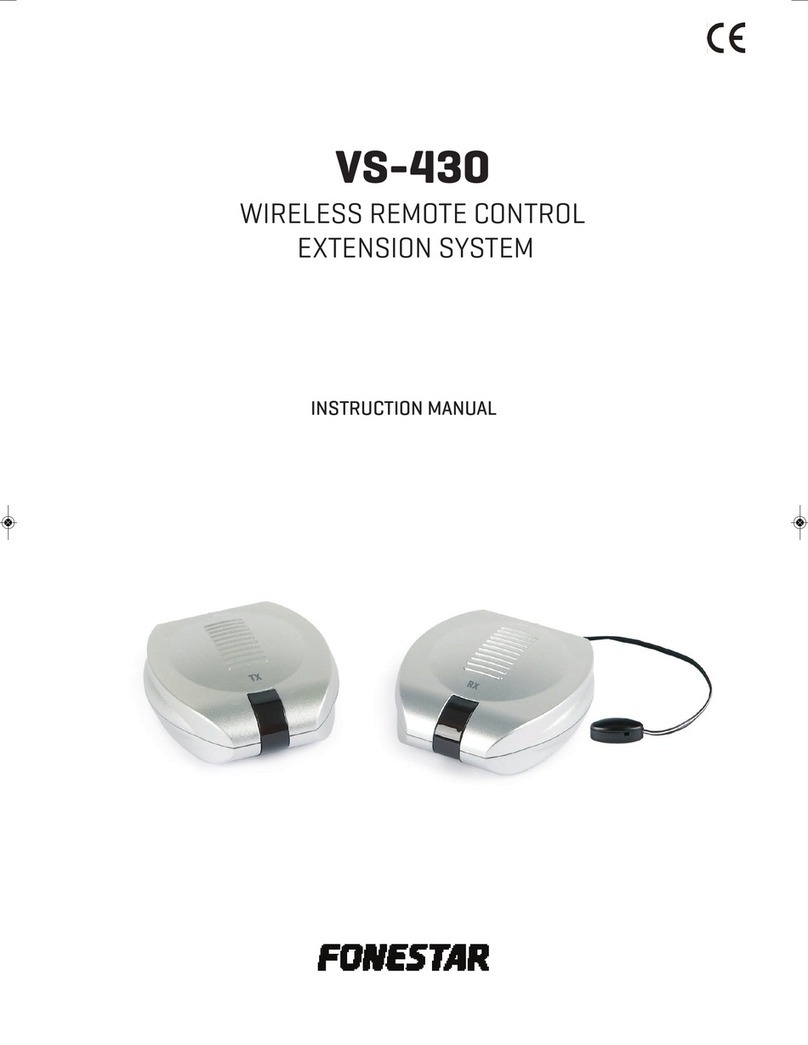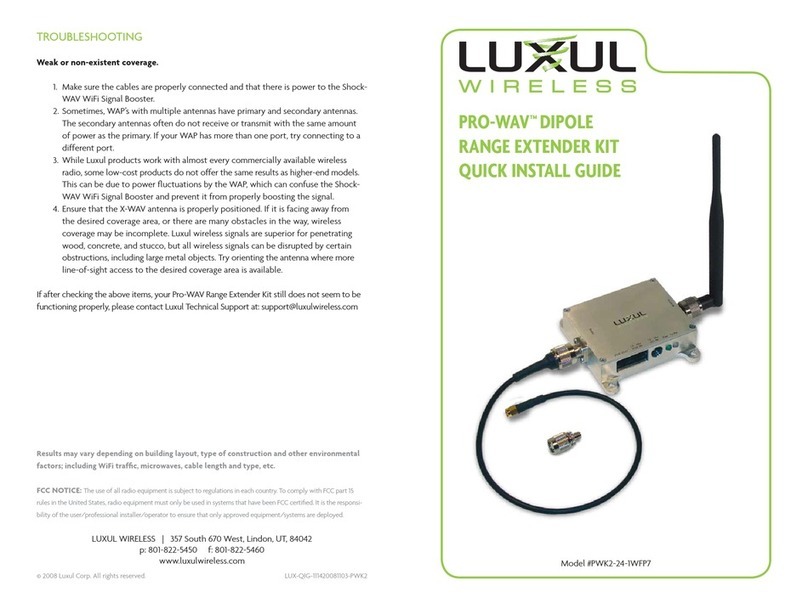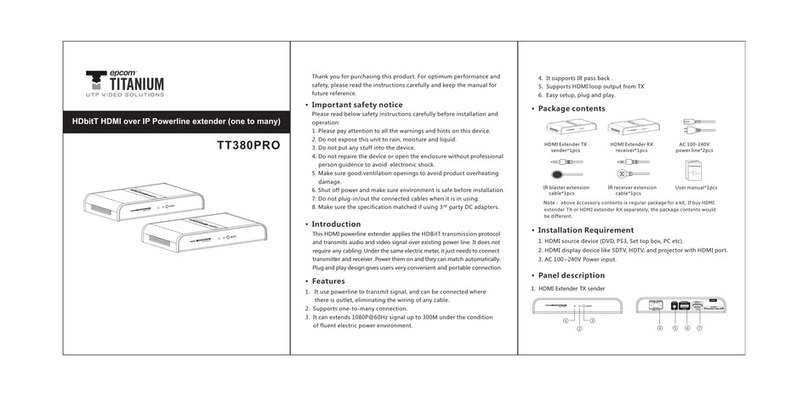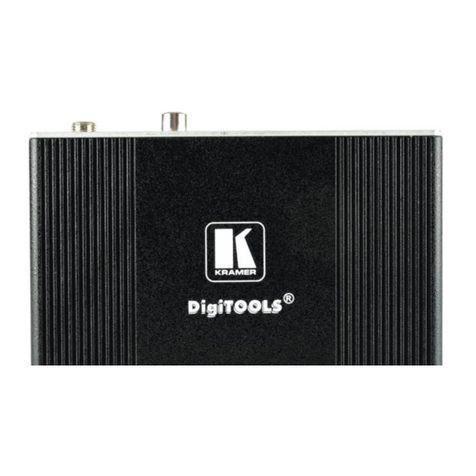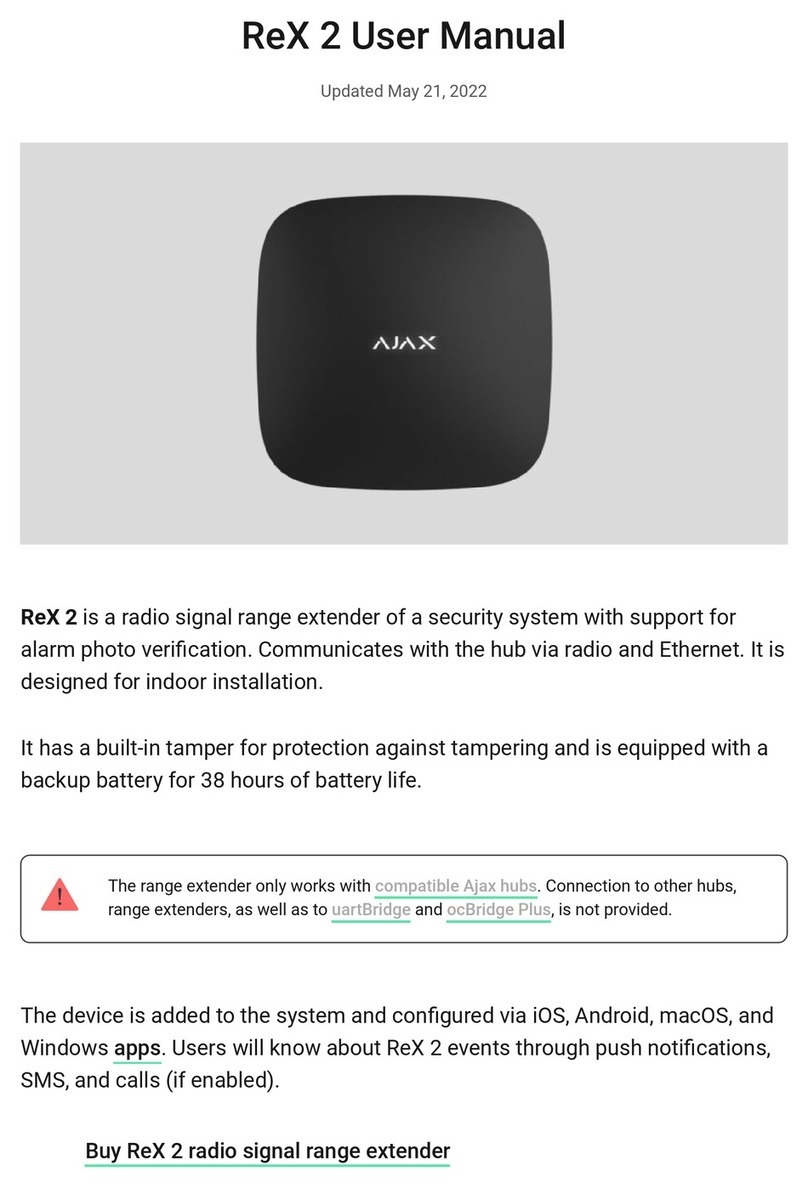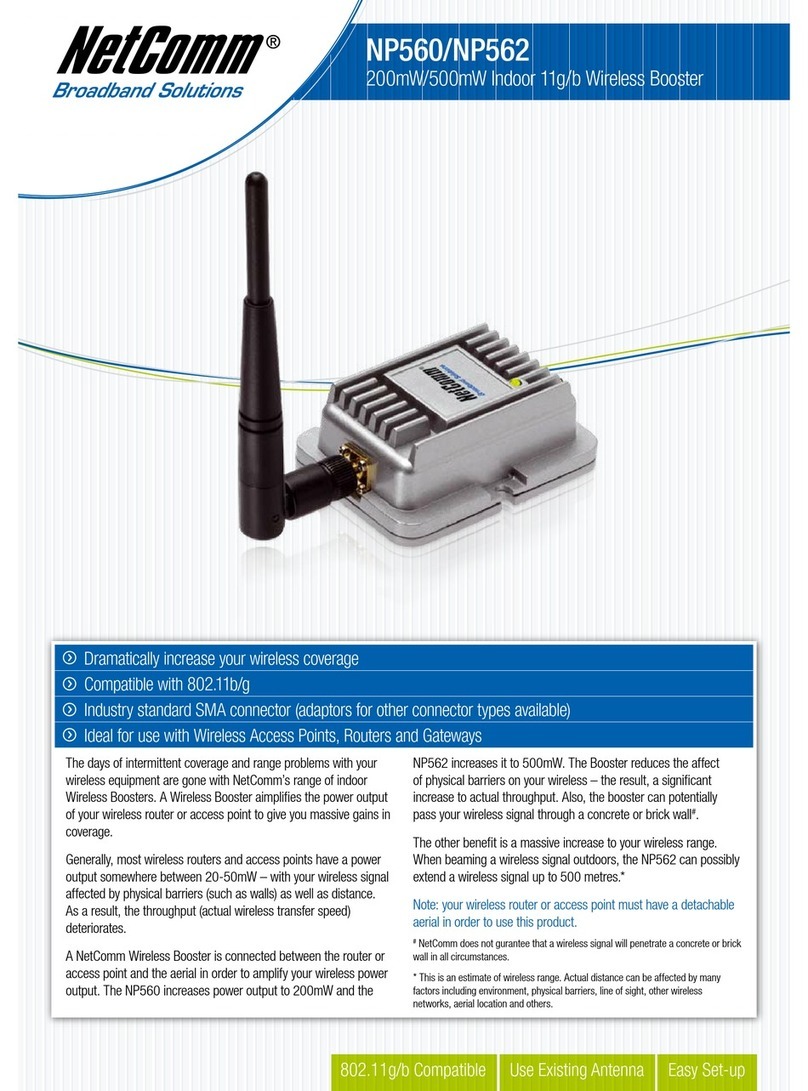Yoshitake ES-10-100 User manual

■EPDT-344a■
ES-10-100,ES-10-200
ES-11-100,ES-11-200
EXPANSION JOINT
PRODUCT MANUAL
.
Thank you very much for choosing the Yoshitake’s product. To ensure the correct and safe use of the
product, please read this manual before use. This manual shall be kept with care for future references.
The symbols used in this manual have the following meanings.
Warning
This symbol indicates a potentially hazardous situation that, if not avoided,
could result in death or serious injury.
Caution
This symbol indicates a hazardous situation that, if not avoided, may result
in minor or moderate injury or may result in only property damage.
Table of Contents
1. Specifications·························································································1
2. Dimensions ···························································································2
3. Precautions before installation···································································3
4. Installing anchors, guides and pipe supporting device
4.1 Load acting on the main anchor of straight pipe········································ 4
4.2 Load acting on the main anchor at intermediate straight pipe of expansion
joints with different diameters····························································· 4
4.3 Load acting on the main anchor of curved pipe ········································ 5
4.4 Load acting on intermediate anchors······················································5
4.5 Caution on vertical piping ····································································5
4.6 Piping example ·················································································6
5. Installation interval of guide elements for axial movements ··························· 7-8
6. Pipe supporting device ···········································································9
7. Installation of expansion joints
7.1 Number of expansion joints installed ···················································· 9-10
7.2 Adjustment of attaching face-to-face dimension ···································· 10
8. Operating Procedure ············································································· 11
Warranty Information

-1-
■EPDT-344a■
1
. Specifications
Model ES-10-100 ES-10-200 ES-11-100 ES-11-200
Application Steam, Air, Cold and hot water, oil, Other non-dangerous fluids
Nominal size 20A – 200A
Max. pressure 1.0 MPa 2.0 MPa
Max. temperature 220℃
Max. axial extension
20mm 40mm 20mm 40mm
Max. axial
compression 80mm 160mm 80mm 160mm
Connection JIS 10K RF flanged JIS 20K RF flanged
Caution
Please confirm that the indications on the product correspond with the
specifications of the ordered product model before use.
* If they are different, please contact us without using the product.

-2-
■EPDT-344a■
2
.
Dimen
s
ions
ES-10-100, ES-11-100 (mm)
Nominal
size
Face to face dimension L Max. axial
extension δDo
Set length
Max. operating
length
Min. operating
length
25A 380 400 300 100 114
32A 380 400 300 100 124
40A 380 400 300 100 130
50A 380 400 300 100 142
65A 430 450 350 100 175
80A 430 450 350 100 188
100A 430 450 350 100 216
125A 500 520 420 100 242(270)
150A 500 520 420 100 290(305)
200A 500 520 420 100 340(350)
The value in ( ) is dimension of ES-11-100.
ES-10-200, ES-11-200 (mm)
Nominal
size
Face to face dimension L Max. axial
extension δDo
Set length
Max. operating
length
Min. operating
length
25A 560 600 400 200 114(125)
32A 560 600 400 200 124(135)
40A 560 600 400 200 130(140)
50A 560 600 400 200 142(155)
65A 600 640 440 200 175(175)
80A 600 640 440 200 188(200)
100A 640 680 480 200 216(225)
125A 640 680 480 200 242(270)
150A 690 730 530 200 290(305)
200A 690 730 530 200 340(350)
The value in ( ) is dimension of ES-11-200.

-3-
■EPDT-344a■
.
Precautions before installation
Caution
1. rovide anchors, guides, and pipe supporting device when installing the product.
*The function of the product will not be fulfilled due to
equipment breakage, piping bending,
abnormal product growth, etc.
2. lease use the product within the range from the minimum length to the maximum length.
*
If the product is not within the specified range, the product will not function due to abnormal
expansion and contraction of the product.
3. Install the product correctly so that the inlet and outlet
are correct. There is a display on the
body showing the direction of fluid flow.
*Installation in the wrong direction may not only affect the original performanc
e, but may also
lead to an accident.
4. Install so that there is no misalignment in both horizontal and vertical piping.
*
Misalignment may lead to noise or damage from the inner cylinder, which may not only affect
the original performance, but may also lea
d to an accident. In particular, vertical piping is
prone to misalignment, so provide anchors, guides, and pipe supporting device
to prevent
misalignment.
(1) The expansion/contraction of piping depends significantly on temperature. To ensure satisfactory
results, use the expansion joints within the maximum expansion/contraction length.
(2) Secure anchors and guides are required to make full use of the function of the joint connected
to piping.
(3) The piping system shall be equipped with main anchors at the following positions. (Refer to the
reference piping example on page 5.)
[1] End part of straight piping with shut-off plate.
[2] Portion of bent pipe where the flow direction changes.
[3] The portion between two expansion joints where the piping systems are changed by
reducer.
[4] The portion of piping between two expansion joints where a valve is installed.
[5] The entrance of a side branch containing an unrestrained expansion joint into the main
piping.
(4) Using a sufficient number of anchors and guides is important not only for guiding the piping to
absorb its expansion or contraction with the joints, but also for preventing pipe bending or
buckling or joint damage. Check where anchors and guides should be installed, and mount them
according to the correct procedure.

-4-
■EPDT-344a■
4
.
Installing anchors, guides and pipe supporting device
4.1 Load acting on the main anchor of straight pipe
Mount a main anchor at both ends of the piping, each branch point, and the location where a
reducer or valve is installed. These main anchors need to be strong enough to withstand the
force required to stretch or contract the sleeve plus the internal pressure thrust resulting from
the effect of the internal fluid pressure.
FMA = FS+FM+FG
= a×P×100+FM+FG············
(A)
Table 1 Load acting on the main anchor of straight pipe
Nominal size 25A
32A
40A
50A
65A
80A
100A
125A
150A
200A
Effective area of
expansion joint a {cm2} 9.1
13.9
18.1
28.3
45.6
62.2
102.0
151.7
213.7
366.0
pressure thrust
of expansion
joint Fs {N}
Internal
pressure
0.2MPa 182
278
362
566
906
1244
2040
3034
4174
7320
0.4MPa 364
556
724
1132
1812
2488
4080
6068
8548
14640
0.6MPa 546
834
1086
1698
2718
3732
6120
9102
12822
21960
0.8MPa 728
1112
1448
2264
3624
4976
8160
12136
17096
29280
1.0MPa 910
1390
1810
2830
4530
6220
10200
15170
21370
36600
Frictional force of
expansion joint FM{N} 2300
2500
3300
4000
5100
6200
7520
9400
11300
14800
4.2 Load acting on the main anchor at intermediate straight pipe of expansion joints with different
diameters
FMA=(FS1+FM1+FG1)
[large-diameter side]
- (FS2+FM2+FG2)
[small-diameter side]
= (a1-a2)P×100+(FM1-FM2)+(FG1-FG2) ·········· (B)
FMA
:
Load acting on the main anchor
of straight pipe {N}
FS
:
Pressure thrust of expansion
joint
{N}
FM
:
Frictional force of expansion
joint
{N}
FG
:
Frictional force of guide
elements
{N}
a
:
Effective area of expansion
joint
{cm2}
P
:
Pressure {MPa}

-5-
■EPDT-344a■
2
sin)FF(F
MA2MA1MB
α
+=
4.3 Load acting on the main anchor of curved pipe
Mount a main anchor at each point where the piping changes its direction.
The thrust works in two different directions and becomes a resultant vector of two thrusts.
········ (C)
4.4 Load acting on intermediate anchors
An intermediate anchor is required when two or more joints are mounted between main anchors.
Intermediate anchors should be strong enough to withstand the force required to expand or
contract the sleeve, the frictional force of pipe guides, and other loads.
FIA = (FM1+FG1)
[upstream side]
- (FM2+FG2)
[downstream side]
············ (D)
On the up and downstream sides of an intermediate anchor, when the pipes connected are
equal in diameter and numbers of guide elements on both sides are the same FM2 and FG2 are
equal to FM1 and FG1 respectively, but opposite in sign, and the load acting on the intermediate
anchor is zero, i.e. FIA = 0. However, in some case, the pipe line is heated gradually from one
side, and as a result, one side of the pipe expands more than the other side.
Therefore, when FIA = 0, it is necessary to add the load acting from either the upstream side or
the downstream side to the load considered in general piping design.
FIA=FM1+FG1······················
(E)
4.5 Caution on vertical piping
In case of vertical piping, the piping mass and fluid mass are further loaded, so when
calculating the anchor strength, add them together. Make sure to install the product with no
misalignment of the piping. Misalignment may lead to noise or damage from the sleeve.
F
MB
:
Load acting on the main anchor
of curved pipe {N}
α:
Angle between the centerlines of
the curved pipe and straight pipe {°}
F
MA
1
:
Load acting on the upstream
main anchor of curved pipe {N}
F
MA
2
:
Load acting on the downstream
main anchor of curved pipe {N}
FIA
:
Load acting on intermediate
anchors {N}

-6-
■EPDT-344a■
4.6 Piping example
Flow direction

-7-
■EPDT-344a■
5.0
MS
pp
3
FF
IE
0.00157L
+
≤
5
.
Installation interval of
guide
elements for axial movements
In a piping using expansion joints for absorbing axial movements, guide elements (G) shall be
installed to align the pipe joint and pipe and transmit the force necessary for axial movement
smoothly to the anchor.
As given in figure 1, the installation intervals of respective guide elements such as the interval (L1)
from the expansion joints to No.1 guide element, the interval (L2) to No.2 guide element and the
interval (L3) to the intermediate guide elements shall not exceed the interval values obtained from
formula (F) to (H) shown in the following [1] to [3].
Keep the misalignment of 125A and smaller piping within ± 2 mm and that of 150A and larger
piping within ±3 mm. Adjust the parallelism of piping to ±0.5˚ or less.
As to the pipings using carbon steel pipes for pressure pipings, when the expansion joints only for
axial movement are used, the intervals of intermediate guide elements may be obtained from figure
2 instead of the calculation by formula (H).
[1] L1≦4D···················(F)
[2] L2≦14D ·················(G)
[3] ····(H)
Fig.1 Mounting intervals of guide element
D :
Outside diameter of pipe {mm}
L1
:
Interval between No.1 guide
element and expansion joint {mm}
L2
:
Interval between No.1 and
No2 guide element {mm}
L3
:
Interval between the
intermediate guide elements {mm}
Ep
:
Young’s modulus of pipe
material at design
temperature
{N/mm2}
Ip:
Geometrical moment of inertia
of pipe cross section {mm4}

-8-
■EPDT-344a■
Fig.2 Maximum interval of intermediate guide elements according to the nominal pipe diameters

-9-
■EPDT-344a■
6
.
Pipe supporting device
Piping shall be provided with anchors, guide elements, and pipe supporting devices (U-bolts, roller
supports, spring hangers, etc.) to support the own mass of the piping and the fluid included therein.
7
.
Installation of expansion joints
7.1 Number of expansion joints installed
The thermal expansion or contraction length of piping shall be calculated from the following [1],
according to the temperature conditions of fluid, air temperature of the place where the piping
is to be installed, piping material and piping length, and then the number of expansion joints to
be installed shall be calculated from [2].
[1] Thermal expansion or contraction length of piping (⊿ℓ).
The thermal expansion or contraction length of piping shall be obtained according to formula
(I).
Refer to Table 2 below for the linear expansion coefficient (β) of piping.
⊿ℓ=β(T – t1) ℓ············(I)
Table 2 Liner expansion coefficient of piping (×10-6/℃) (Reference temperature 20℃)
Temperature
(℃)
Carbon steel,
Carbon molybdenum steel
Low chrome steel
(3CrMo)
Austenitic stainless steel
(18Cr8Ni)
-
40
10.48
16.05
-
20
10.61
16.15
0
10.75
16.27
20
10.92
16.39
40
11.05
16.50
60
11.21
16.61
80
11.36
16.73
100
11.53
16.84
120
11.67
16.93
140
11.81
17.01
160
11.98
17.09
180
12.10
17.17
200
12.24
17.25
220
12.38
17.32
⊿ℓ:
Thermal expansion or contraction
in pipe length {mm}
β:
Liner expansion coefficient of
piping
{℃-1}
T :
Maximum working temperature
(design temperature) of pipe {℃}
t1:
Minimum working temperature
(design temperature) of pipe {℃}
ℓ:
Length of piping {mm}

-10-
■EPDT-344a■
[2] The numbers of expansion joints installed (ne)
The number of expansion joints (ne) shall be obtained according to formula (J).
Maximum axial movement of expansion joint (δ) for ES-10-100 and ES-11-100: δ= 100.
Maximum axial movement of expansion joint (δ) for ES-10-200 and ES-11-200: δ= 200.
Unless, the maximum axial compression of ES-10-100 and ES-11-100 is 80mm, and the
maximum axial compression of ES-10-200 and ES-11-200 is 160mm.
n
e
=⊿ℓ/δ·············(J)
7.2 Adjustment of attaching face-to-face dimension
Since the thermal expansion of piping is absorbed by the contraction of the expansion joint,
and the thermal contraction is absorbed by the extension of the expansion joint, prior to
attaching the expansion joint, the attaching face-to-face length shall be obtained by formula
(K), considering the preset amount from the site air temperature, working temperature range
and the maximum axial movement.
·········(K)
*If require to change the face-to-face dimension, please let us know upon order. The product will
be ship after adjusting at factory.
1
12
eS
t
-
T
t-t
-LL
δ
=
n
e
:
The number of expansion joints
⊿ℓ
:
Thermal expansion or
contraction in pipe length {mm}
δ
:
maximum axial movement of
expansion joint {mm}
L
S
:
Attaching face-to-face length of
expansion joint {mm}
L
e
:
Maximum face-to-face length of
expansion joint {mm}
δ:
maximum axial movement of
expansion joint {mm}
t1:
Minimum working temperature
(design temperature) of pipe {℃}
t2:
Air temperature at installation of
the expansion joint {℃}

-11-
■EPDT-344a■
漏れの無いことを確認
8
.
Operating Procedure
Warning
1. Be sure to confirm that there is no leakage after ventilation.
* If there is a leak, retighten the bolts and nuts. (See the figure below)
(Tightening pressure may drop due to the packing properties during product
transportation and installation.)
2. Do not cause the occurrence of water hammer.
* Otherwise, the expansion joint may be damaged, causing external leakage.
3. When using high temperature fluid, do not touch the product with bare hands.
* Failure to follow this notice may result in burns.
Check for leakage
Bolts
Nuts

PDD-046f
Warranty Information
1. Limited warranty
This product has been manufactured using highly-advanced techniques and subjected to
strict quality control. Please be sure to use the product in accordance with instructions on
the manual and the label attached to it.
Yoshitake warrants the product to be free from any defects in material and workmanship
under normal usage for a period of one year from the date of receipt by the original user, but
no longer than 24 months from the date of shipment from Yoshitake’s factory.
2. Parts supply after product discontinuation
This product may be subject to discontinuation or change for improvement without any prior
notice. After the discontinuation of the product, Yoshitake supplies the repair parts for 5
years otherwise individually agreed.
3. This warranty does not cover the damage due to any of below:
(1) Valve seat leakage or malfunction caused by foreign substances inside piping.
(2) Improper handling or misuse.
(3) Improper supply conditions such as abnormal water pressure/quality.
(4) Water scale or freezing.
(5) Trouble with power/air supply.
(6) Any alteration made by other than Yoshitake.
(7) Use under severe conditions deviating from the design specifications
(
e.g. in case of corrosion due to outdoor use).
(8) Fire, flood, earthquake, thunder and other natural disasters.
(9) Consumable parts such as O-ring, gasket, diaphragm and etc.
Yoshitake is not liable for any damage or loss caused by malfunction or defect of the product.
This manual suits for next models
3
Table of contents
Popular Extender manuals by other brands
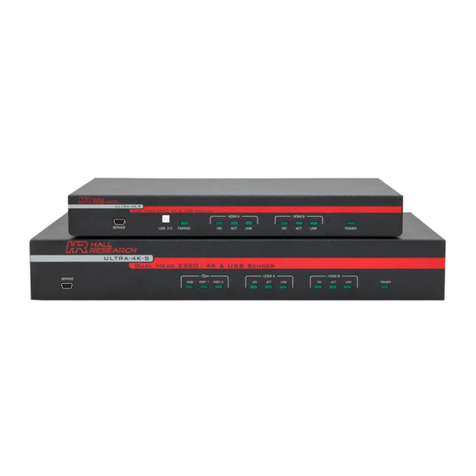
Hall Research Technologies
Hall Research Technologies ULTRA-4K Series user manual
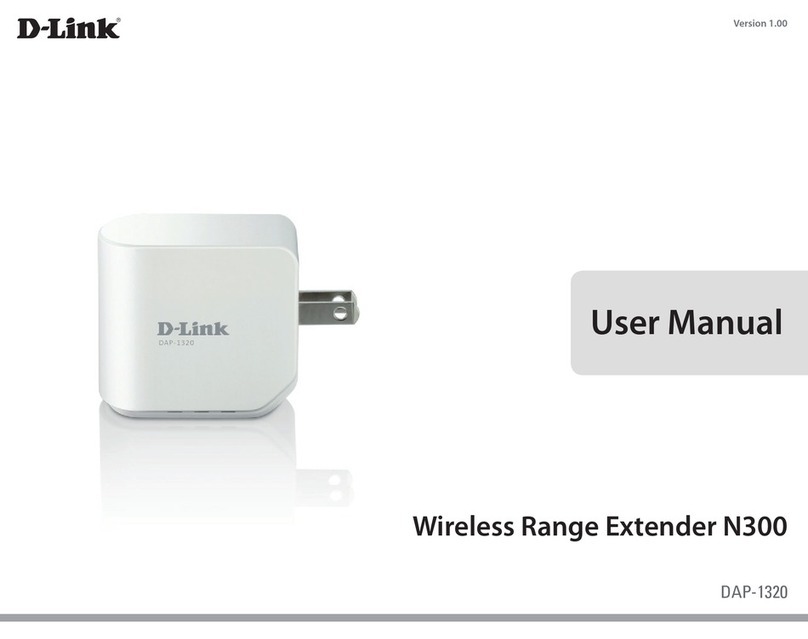
D-Link
D-Link DAP-1320 user manual

Versa Technology
Versa Technology vx-160COAX user manual

Avenview
Avenview HDMI-C5SP-8SRSR user guide
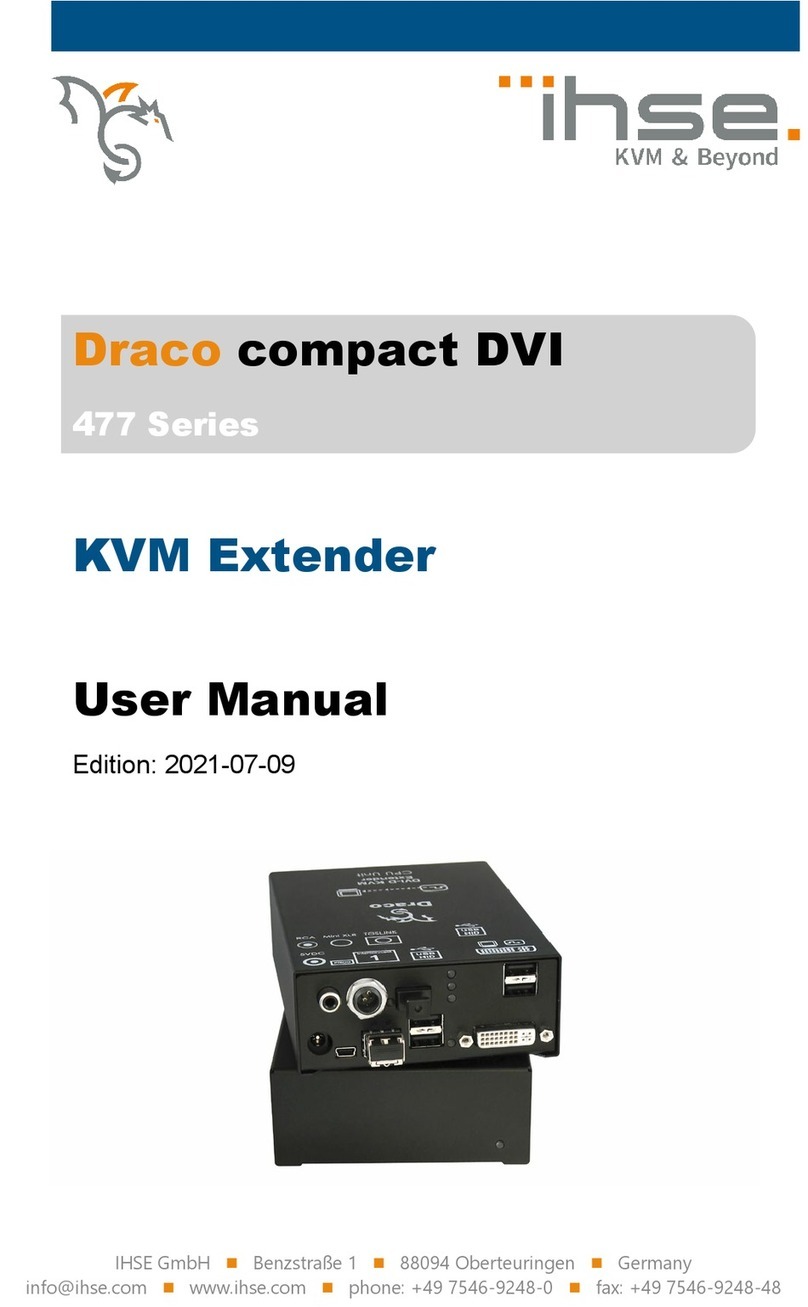
Ihse
Ihse Draco compact DVI 477 Series user manual

Linksys
Linksys DMA2200 - Media Center Extender user guide
